
Talk to any photography geek and you’ll hear that the glass is a lot more important than the number of pixels. This is definitely true. It doesn’t matter how many pixels you’ve got if the light isn’t gathered and focussed nicely onto the sensor.
Sensor size is the other large factor. The larger the sensor, the better the pictures (generally). The optimum is therefore good glass and a big sensor. With phone cameras, you usually have a small sensor and a small lens, which is far from ideal. Good glass costs hundreds or thousands and so do big sensors.
Let’s compare some cameras with the RasPiCam
I thought it would be an interesting experiment to compare the RasPiCam, Raspberry Pi Camera’s output with other cameras I have. It was a rather dull and overcast morning, which makes for challenging conditions – good for a test. So I assembled several cameras and took a photo, with each one, out of the open window, aiming for the registration plate of the Nissan Micra across the street.
Security resolution test
In this test I’m thinking about whether or not the cameras are capable of resolving a car number plate from across the street. We know from video experiments last week that in good light the Pi camera can do this. What about other devices?
The cameras tested were…
- Nikon D100 – 6 Megapixel DSLR state of the art in 2000
- Samsung Galaxy S2 – 8 Megapixels top of the range smartphone in 2011
- RasPiCam – 5 Megapixels
- Nokia 6303 – 3.2 Megapixels basic phone
- Panasonic SD60 video camera 4 Megapixels – just to make a point
Here is a composition made up of the results from each camera. You can click it to get full size.
And here is the car number plate cropped to 100% and zoomed to 200%
If you click the above photo to get the full size version, you can clearly see that the last two, the Nokia and the Panasonic failed to resolve the number plate at this distance and in this light. The Nikon breezed it, the Galaxy S2 did well and the Pi camera just about managed it.
Therefore, there is now no condemnation…
But before we start condemning the Panasonic, let’s bear in mind my opening comment. That shot was taken at the widest zoom setting. None of the other cameras tested had zoom lenses. If we take a shot at full optical zoom (25x) we get this, which knocks the spots off all the others (with regard to resolving a number plate). If you click it, you can even read the small writing on the number plate…

It has half the number of pixels of the Galaxy S2 and 2/3 that of the D100, showing you that the glass matters a lot more.
Summary
In conclusion. No startling revelations really. Taken as a whole package, the Pi Camera has “number plate across the street” resolving power better than an old Nokia 6303 phone, but not quite as good as a Galaxy S2. I’d say it’s got about enough for use as a security camera, but you’d need additional lighting for night-time use. The fact that you can connect it to the internet is a decided plus point though. :)
Late addition
I almost forgot to include a shot from my existing IP cam, which cost £45 and has very poor resolution (640 x 480 ~ 1/3 megapixel). You can’t even see the letters on the number plate of the closer car, let alone read them. But it does have wireless & wired connections and pan and tilt. This is what I’m interested in replacing with Pi and RasPiCam so it gives better resolution for a similar outlay. It’s also got dodgy daytime colours because there’s no IR filter. The flipside of that is that it can do IR footage at night, which is about the only thing it can do and the RasPiCam can’t do.
Here’s a gallery of all the photos used in the testing.
- Nikon D100 slr. 6 Megapixels 50mm prime lens
- Samsung Galaxy S2 8 Megapixels
- RasPiCam – 5 Megapixels
- Nokia 6303 3.2 Megapixels
- Panasonic SD60 Video camera in stills mode 4 Megapixels
- Panasonic SD60 4 Megapixel @ 25 x optical zoom
- 100% crop of car registration plate with 200% zoom
- Composite of all five shots made from 100% originals
- 640 x 480 £45 IP Cam
- thumbnail image
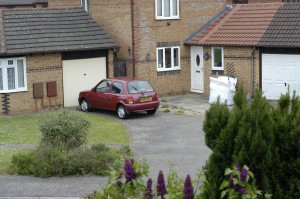
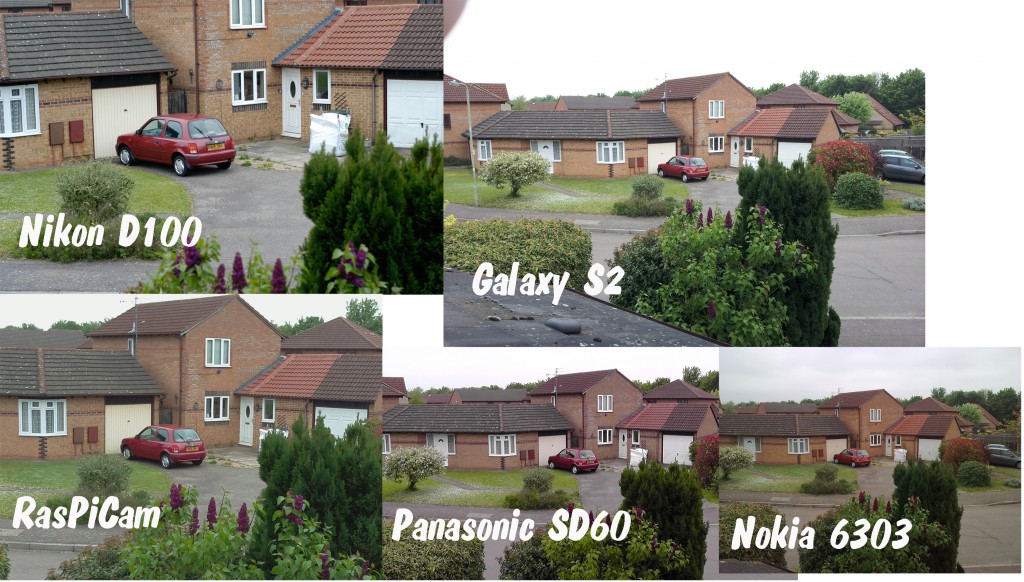
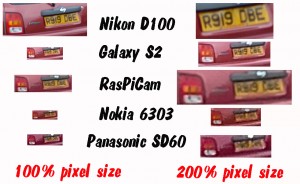
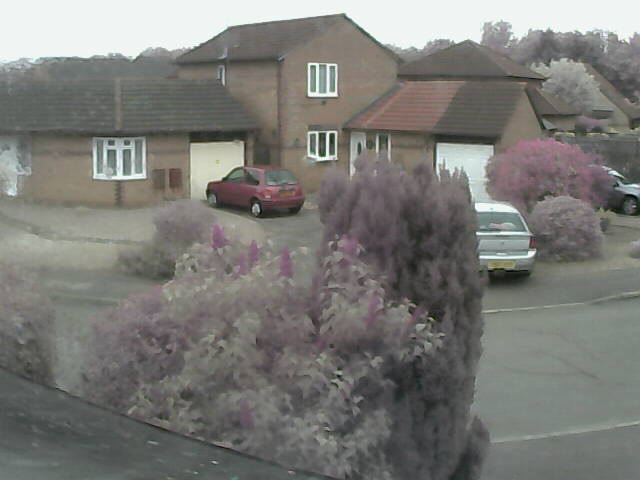
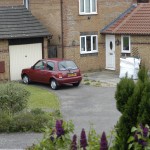
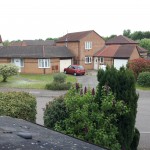
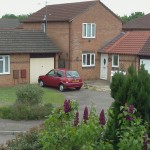

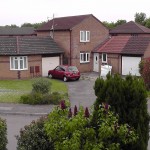

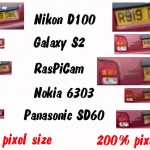
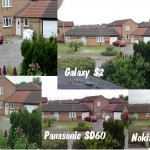

To be fair to the RasPi-cam, we have not yet seen the 5 Mpixel still mode. Due to a driver bug, the “full-res” stills are currently upscaled from 1920×1080 pixels (see JamesH posting in the “Working Fisheye Lens?” thread, in RPi “CSI camera module” forum). This would not help your license plate test unless you move the camera or change the lens; the extra pixels just expand the frame to make a wider-angle image.
I’m looking forward to the new drivers so we can see what difference they make.
[…] was a pretty simple test. I left the camera propped up facing the same Nissan Micra as yesterday’s blog and remotely took a still shot (by […]
You’ve probably seen it by now, but there is a newer PiCam out which has no IR filter. It is apparently otherwise identical. This would solve the lack of nighttime vision.
Just remember to put your IR illuminator off-axis!
Yeah, I think Alex has seen it… ;-)
https://raspi.tv/?s=noir